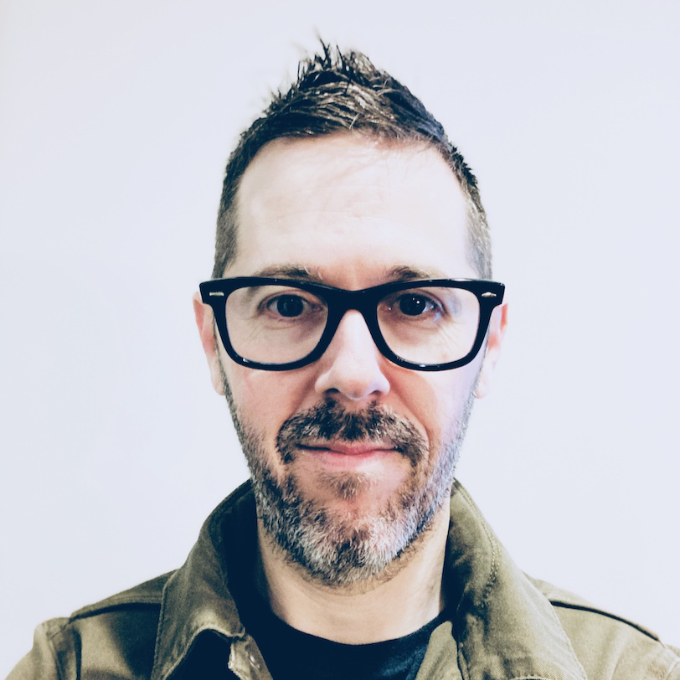We’re all navigating our own paths
What keeps trail running interesting is that the same trail differs runner by runner, day by day, year by year. A strong rain exposes hidden roots. Heavy footfall loosens and displaces rocks and pebbles. Fallen trees block a path or destroy a bridge, forcing travelers to create competing alternative routes until one becomes permanent. Season over season, entire sections of creekside trail erode, only for tentative steps to lead to traversable new trails. Give it enough years and a trail remains the same in name only.
Depending on your social networks or your newsletter subscriptions, you have seen posts bemoaning that user researchers are doing the wrong work with the wrong teams. That we’re either underutilized or unnecessary. That we should hold all the power or that powerful new advances in technology can replace us.
All of the above scenarios are true, because the world of user research is not a monolith. Another way to say this is that context matters; depending on your industry, your org, all the way down to your manager, your scenario is unique. The demands of research roles change researcher by researcher, quarter over quarter, fiscal year over fiscal year. Even the name of the role varies according to the naming conventions, or lack thereof, of our organizations. The responsibilities of a User Researcher and a Design Researcher might be identical in different contexts, just as a path and a trail describe the same passage in different communities.
We apply for jobs that someone else scoped
The handwringing about our field doesn’t change the reality that we typically don’t get to write our own job descriptions. Jobs are in short supply, and we often land roles with descriptions that closely match what we’ve already done, not what we aspire to do. Thus we might find ourselves in a cycle of employment situations where our work is applicable beyond how it’s typically used—where our mandate is frustratingly shortsighted compared to our capabilities. We might get hired onto design teams yet yearn to advise executives. We might embed on tightly scoped product teams while bemoaning our lack of visibility into larger strategy decisions.
From the perspective of those around you—those who opened your role and those who benefit from its existence, everything is fine. And if you’re delighted in your particular research ecosystem, that is fine too. I’ll bet that’s the case for most user researchers.
What are you doing to change your situation?
But if the scenarios above apply to you—if you feel boxed in, misused, under leveraged, or like you’re doing the wrong projects, what are you doing about it? There is no one way to do user research—a feature of the profession, not a bug. It’s on us to make our respective cases for more by doing the work we were hired to do, understanding how decisions are made in our unique orgs, and then jostling to position our remarkable skills as an input into that particular decision-making process.
I said something similar at the Strive conference in 2019, and then repurposed it in my Research Practice book:
- It’s one thing to incorporate user research into your design or product team—proximity goes a long way. It’s another thing entirely to integrate research practices beyond the people you work with regularly. In my experience, you can measure user research’s impact across three organizational milestones: awareness, demand, and influence. When my colleagues know of my work, that is awareness. When my colleagues know of research and actively seek to incorporate it into their own work streams, that is demand. And when I can propose research projects that will inform organizational strategy, that’s influence.
It’s a long journey from the place we’re hired to the place we think we should be, but we’re not without agency. We’re researchers—our superpower is to take stock of a complex scenario and spot the possible paths forward.
Big thanks to Behzod Sirjani and Danny Spitzberg for content feedback.
